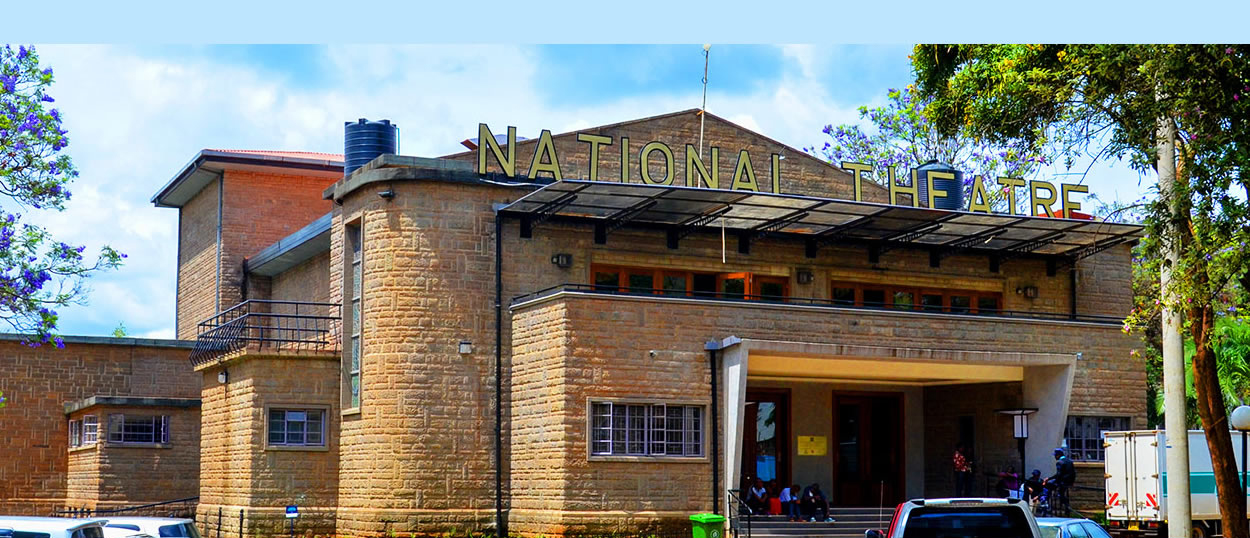
The World Theatre Day was for the first time celebrated on 27 March, 1961 by the International Theatre Institute (ITI), an international non-governmental organisation.
And every year ever since then, thousands of people take time off to observe the day by spreading news about theatre and stage performances, enjoyed by millions across the world.
Various national and international theatre events are organized annually to mark the occasion. Most events are local with the purpose of drawing attention to theatre and international harmony.
But whereas the International Amateur Theatre Association embraces and urges celebration of World Theatre Day – locally, the occasion slipped by unnoticed for another consecutive year.
Rarely are any events held or co-ordinated in Nairobi to mark the day despite there being numerous shows and musicals taking place at various auditoriums.
The Kenya National Theatre was conspicuously quiet for much of the day – a pointer that perhaps local thespians may not have had much to celebrate.
This observation brings to mind an encounter a few years ago, with a visiting Dutch national who wound up a short visit to the Nairobi National Museum and opted to stroll back to the central business district.
As he walked along Harry Thuku road, he was drawn to a rather nondescript building seemingly invisible and virtually dwarfed – in significance, by the Kenya Broadcasting Corporation and the Fairmont Norfolk Hotel.
“There are so many cars parked at the lots – the performing arts and theatre sector here must be very vibrant and no doubt lucrative for local thespians,” he enthused.
But what he could not comprehend is the fact that the vast space outside the imposing building housing the KNT’s cultural ‘shrine’ and auditorium – is popular as a post-paid, prime and secure parking lot.
And even as the International Theatre Day celebrations globally, got underway in parts of the world, little was happening at the national theatre.
“Such is the unfortunate state of affairs, which bedevils current generation of local performing arts fraternity. We have handful – if any, existing development programs in place to raise standards of theatre in this country,” notes Karanja Waweru, a thespian with a local group.
The national theatre was incorporated on November 6, 1952, under auspices of Kenya Cultural Centre; earlier in 1951, it was established as a corporate body and reconstituted by an Act of Parliament Cap.218 Revised Laws of Kenya.
But over five decades down the road, there is not much to write home regarding the state of KNT.
In the words of a former chair of the governing council, the national theatre had over years become synonymous with its secure parking space, rather than for its core business – promotion of theatrical and performing arts.
Granted the auditorium does occasionally grab headlines. Although KNT has been at its lowest ebb in recent years – moments of its past glory remains hinged on the glowing reputations of 70s luminaries.
These include for instance Taban Lo Liyang, Ngugi wa Thiong’o, John Ruganda, Okot p’Bitek, Francis Imbuga, David Rubadiri, Seth Adagala, Tyrus Gathwe, Michere wa Mugo, Mumbi wa Maina, Janet Young, Oluoch Obura, Nigel Slade, Joe de Graft – have hardly waned.
The next generation sprang forth talented thespians among them David Mulwa, Wasambo Were, Paul Onsongo, Wachira Waigwa, late Wahome Mutahi, Mueni Lundi, Okoth K’Obonyo, Mumbi Kaigwa, late Opiyo Mumma, Steve Mwenesi, Oby Obyerodhiambo, Ben Ateku and late Joni Nderitu.
These were among countless serious artists whose skills took root at KNT in the 80s. And collectively, they set precedent for quality theatre productions, which became typical hallmarks credited to the national theatre in an era gone by.





No comment yet, add your voice below!